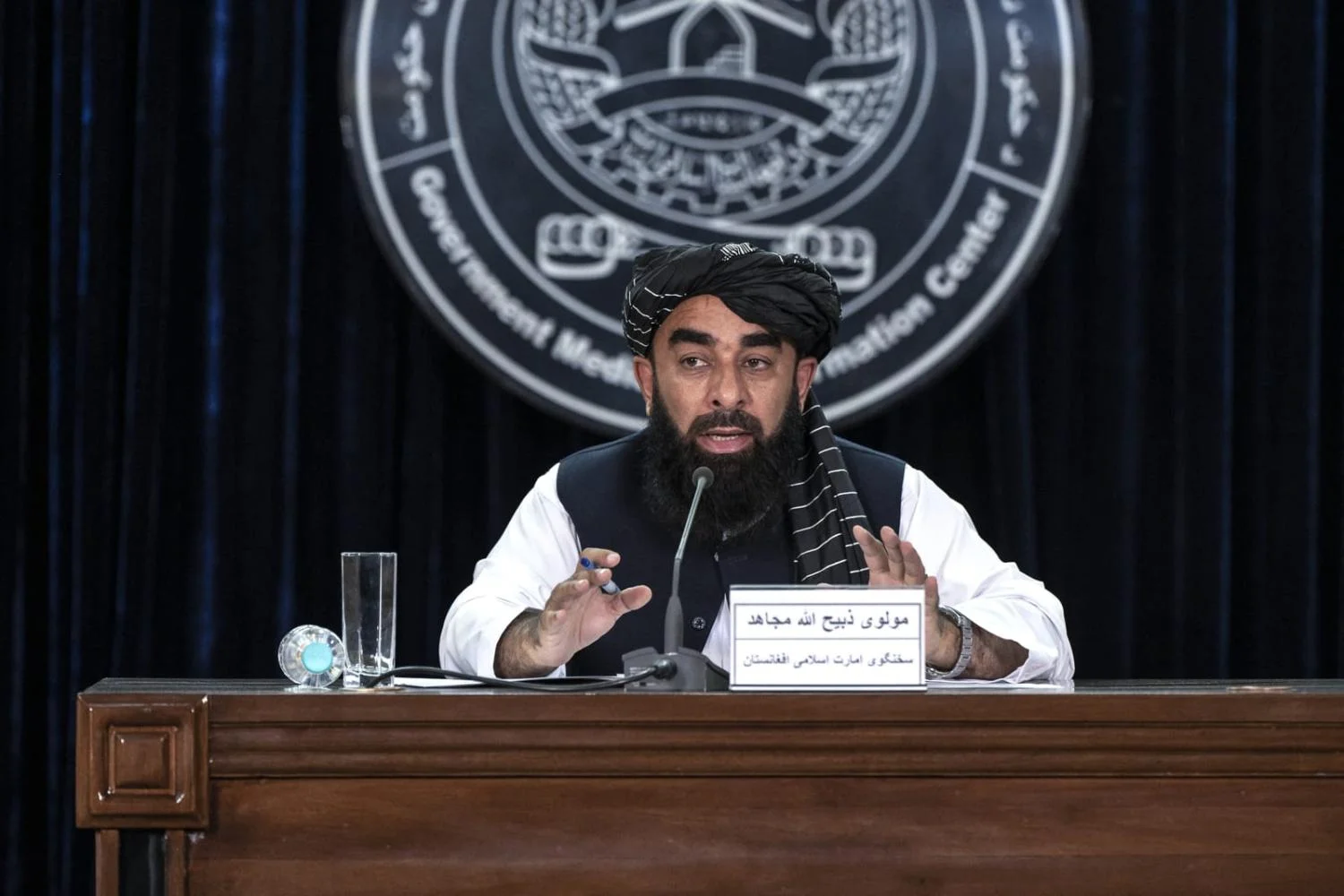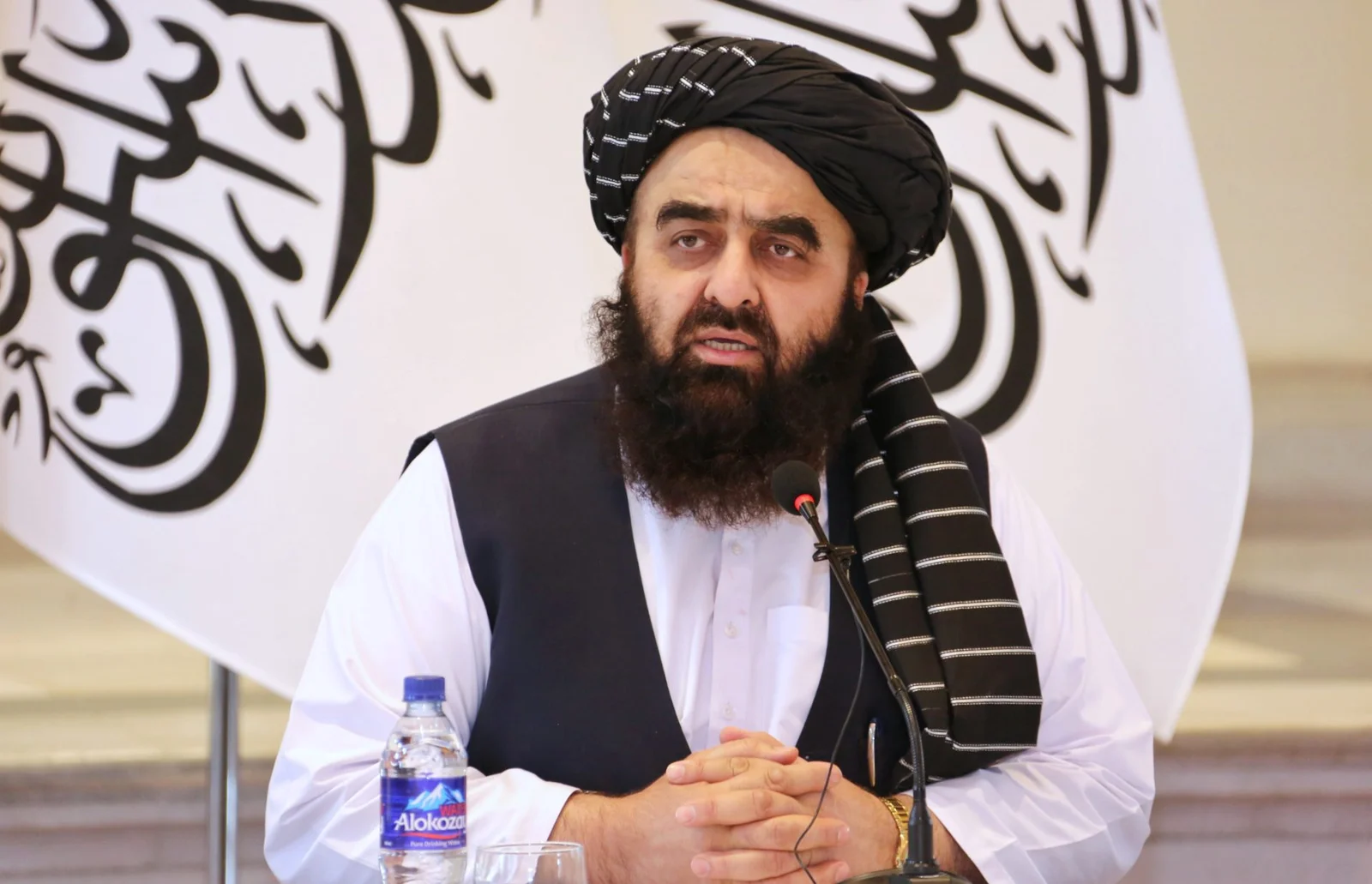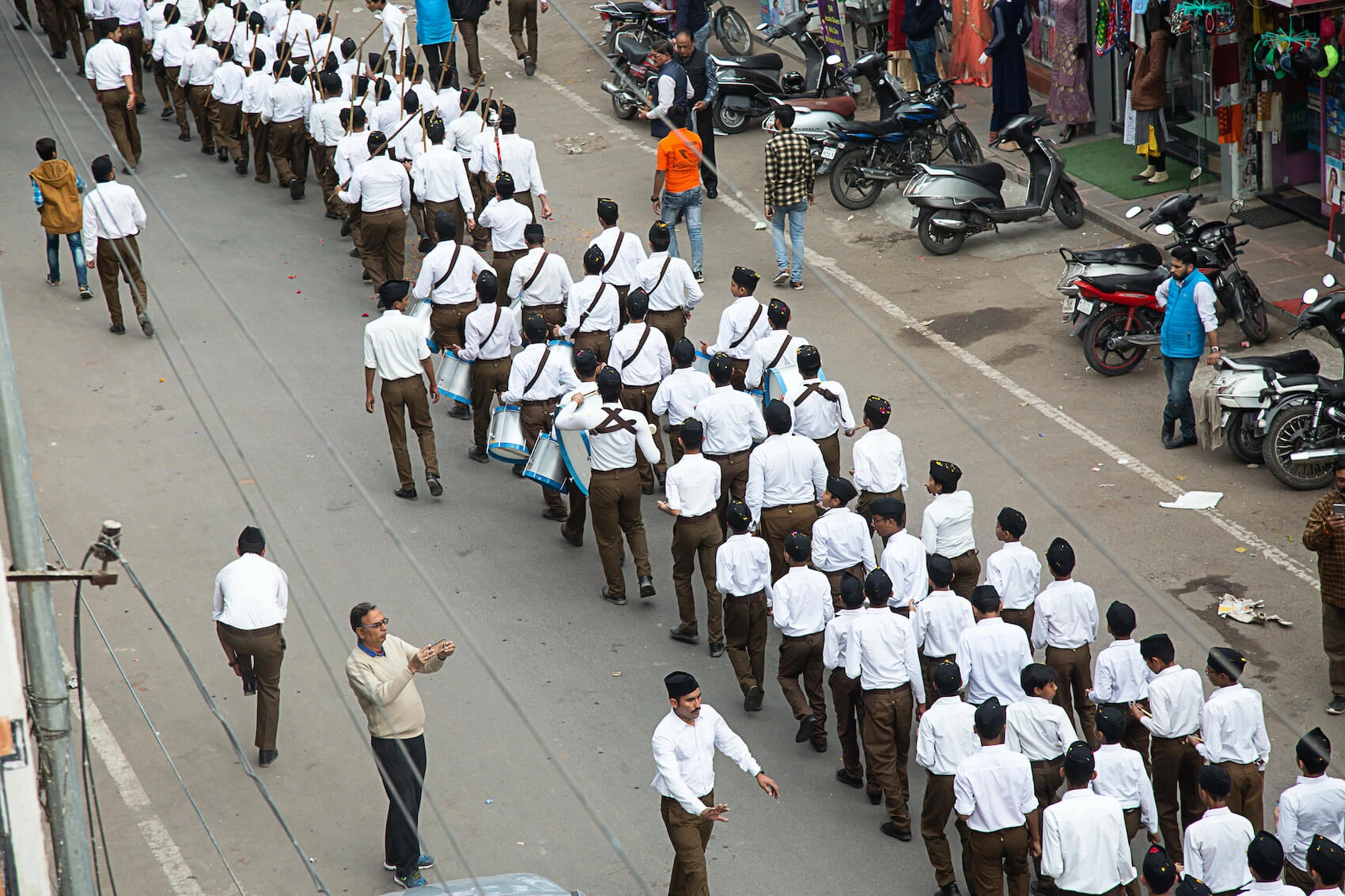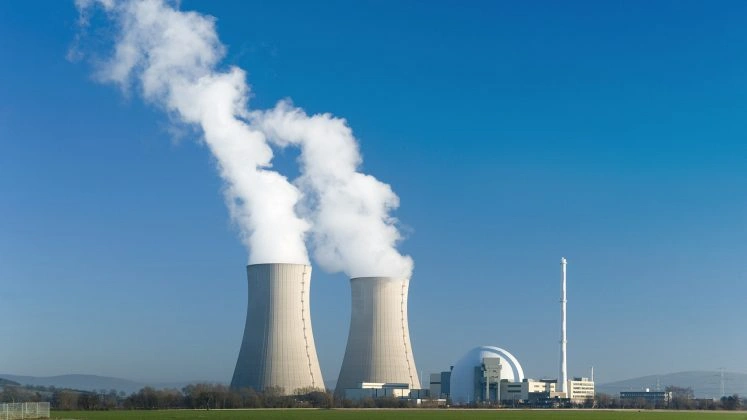The question “Has Pakistan lost Kashmir?” often pops up in political and media circles, but it’s one that oversimplifies a deeply complex issue. Let’s take a step back and ask: is the Kashmir dispute a simple matter of winning or losing, or is it a tale of persistence, changing strategies, and, most importantly, human lives?
A History Shaped by Geography and Politics
To understand where we are today, let’s rewind to 1947. When British India was partitioned, Kashmir, a Muslim-majority region, found itself in a precarious position. The state was ruled by Maharaja Hari Singh, a non-Muslim monarch, who was faced with a crucial decision: accede to India, to Pakistan, or remain independent. While the majority of Kashmir’s population was Muslim, the Maharaja’s decision to accede to India was influenced by a mix of political, strategic, and personal calculations—none of which aligned with the wishes of the people he ruled.
The decision sparked the first Indo-Pakistan war in 1947-48, as Kashmiris, who had long hoped for the region to join Pakistan, began to exercise their right to freedom. Pakistan, supporting Kashmir’s Muslim-majority population, believed that Kashmir should naturally join Pakistan. But this was not to be. The conflict escalated, and the issue was soon brought to the United Nations by India itself. In the wake of the war, the United Nation proposed a resolution, calling for a plebiscite, where the Kashmiri people would have the right to choose their future—whether to join India or Pakistan.
But the situation grew more complicated. Cold War geopolitics, regional tensions, and India’s resistance to international intervention stalled the UN’s mediation efforts. Yet, the UN Resolutions, particularly Resolutions 47 and 51, clearly granted Kashmiris the right to self-determination. They were not just entitled to choose between India and Pakistan; they also had the right to fight for their freedom.
The UN’s position was explicit: Kashmiris should have the freedom to determine their future without external coercion, which underscored the fundamental principle of self-determination. But India’s reluctance to implement the plebiscite, combined with shifting global alliances, meant that the promised referendum never came to fruition.
Thus, while India consistently denied the plebiscite, the UN resolutions gave the Kashmiri people not only the right to choose their allegiance but also the right to resist occupation if they so desired—an aspect that remains a pivotal part of the ongoing dispute.
The ‘80s and ‘90s – From Diplomacy to Militancy
By the time we hit the 1980s and 1990s, the Kashmir issue had taken a much more volatile turn. But let’s not forget: the tension between India and Pakistan over Kashmir had already seen a series of military confrontations before then.
Following the first Indo-Pakistan war in 1947-48, the two countries clashed again in 1965 over Kashmir. The war ended with a ceasefire, but the core issue remained unresolved. In 1971, Pakistan and India fought yet another war, which resulted in the creation of Bangladesh. But Kashmir, as always, stayed at the heart of the conflict, unresolved and festering.
By the 1980s and 1990s, the situation took a new turn. Amidst rising resentment and disillusionment among Kashmiris over India’s governance, the region saw a fresh wave of militancy. In the wake of the armed struggle in Indian-Illegally Occupied Jammu and Kashmir, Pakistan, along with external support, began providing material and moral backing to the Kashmiri cause. This marked a distinct shift in Pakistan’s approach—from diplomacy to direct involvement. Supporting Kashmiris’ struggle for self-determination seemed the logical next step. It was the region’s Muslim identity versus India’s centralizing control. But the reality was far from simple. Pakistan was also dealing with its own internal challenges—balancing the support for an armed freedom struggle while managing the inevitable international fallout.
The 1980s were marked by Pakistan’s backing of the Kashmiri militants who were fighting Indian rule. Many saw this as a natural extension of Pakistan’s commitment to Kashmir’s right to self-determination. The stage was set for an intensifying conflict, as Pakistan sought to stand in solidarity with the Kashmiris, calling it a fight for freedom from what it saw as Indian oppression.
However, it was the 1999 Kargil War that truly brought the Kashmir issue back into sharp global focus. While the Kargil conflict was primarily a military confrontation in the high-altitude areas of Kargil between Indian and Pakistani forces, its impact reverberated far beyond. The war, although largely confined to the military, exposed the deeply entrenched hostilities between the two nuclear-armed neighbors and highlighted the dangerous volatility of Kashmir as a potential nuclear flashpoint.
The Kargil War didn’t just escalate tensions between India and Pakistan, but it also brought the specter of nuclear warfare into the global spotlight. Both nations, armed with nuclear weapons, stood at the brink of full-scale war. International pressure mounted as the world feared a broader nuclear conflict in South Asia. The 1999 Kargil episode underscored the delicate and volatile situation in Kashmir, with both nuclear-armed nations entrenched in their positions. And with the involvement of China as another nuclear power in the region, Kashmir became a flashpoint that held the potential to ignite a far-reaching nuclear conflict between three nuclear powers.
For Pakistan, the Kargil War was a bold move, but it also highlighted the limitations of military intervention in the face of global diplomatic pressure. Despite Pakistan’s attempts to bring the Kashmir issue to the forefront, the international community’s indifference, compounded by India’s strong resistance, left Pakistan with few options.
Thus, the ’80s and ’90s saw Pakistan’s strategy evolve from diplomatic efforts to a more direct approach, including support for freedom movements in Kashmir. Yet, the road to finding a peaceful resolution to the Kashmir issue would remain elusive. Kashmir wasn’t just a territorial dispute; it had grown into a high-stakes geopolitical issue, with nuclear weapons now on the table, making it a global flashpoint. As the situation became more entangled, the international community seemed content to watch from the sidelines, while the risk of a nuclear conflict remained a looming shadow over the region.
9/11 and Its Strategic Aftershocks
September 11, 2001, didn’t just change the world—it reshaped the geopolitical chessboard. As the U.S. launched its War on Terror, India and Pakistan found themselves at a crossroads. India, eager to strengthen its bond with the U.S., offered military base access, including to Srinagar, to support American operations in Afghanistan. Had the U.S. accepted this offer, the impact on Pakistan’s stance on Kashmir could have been seismic. With American forces stationed in Srinagar, India would not only have solidified its strategic position in the region but also dealt a blow to Pakistan’s longstanding claim over Kashmir. This could have forced Pakistan into a corner, undermining its leverage over the dispute. The presence of U.S. forces in Kashmir would likely have meant increased international pressure on Pakistan, particularly on the Kashmir issue, and potentially even greater scrutiny of its own policies. India’s smart diplomatic move was met with a swift retort by Pakistan, whose regional influence and position on Kashmir were suddenly under serious threat.
Pakistan, quick to read the new geopolitical climate, shifted its foreign policy 180 degrees. President Pervez Musharraf, balancing survival and strategy, swung into the U.S. camp, offering military bases and logistical support for the U.S. operation in Afghanistan. This marked a significant pivot for Pakistan, which had historically remained neutral. In return, Pakistan secured crucial international backing to combat extremism within its own borders.
This realignment wasn’t just a diplomatic maneuver; it had direct consequences for the Kashmir issue. As Pakistan cozied up to the U.S., international pressure mounted to curb militancy, particularly across the Line of Control in Kashmir. Suddenly, diplomacy was the game of the day. The focus shifted from military standoffs to back-channel talks and negotiations. While Pakistan remained steadfast in its commitment to Kashmiri self-determination, the pressure to engage diplomatically became unavoidable.
2003 Ceasefire – A Shift Toward Diplomacy
By 2003, Pakistan pivoted towards a more diplomatic route, recognizing the limitations of a military solution. A ceasefire was agreed upon, and Pakistan turned its focus to global diplomacy. The subsequent years saw numerous rounds of back-channel talks, culminating in the 2004 Kashmir framework—a document that acknowledged the issue but also signaled the start of more meaningful engagement.
But Pakistan’s position remained clear: Kashmir’s future must be determined by the people of Kashmir. This was not just a matter of territorial conflict; it was about the right of the Kashmiris to decide their own fate. However, India’s response remained steadfast, and any real breakthrough remained elusive.
2019 – A Game Changer: India’s Bold Move
In August 2019, the Indian government revoked Article 370 of the Indian Constitution, which granted Jammu and Kashmir special autonomy. This was a move that shocked the world, but the international response was notably muted. Pakistan, in a wave of emotional rhetoric, condemned the revocation, but its diplomatic response remained measured, primarily calling for international intervention and raising awareness at global forums. Yet, Pakistan’s rhetoric did not translate into action, leaving the question of Kashmir as complex and unresolved as ever.
The Numbers That Speak Volumes
Here’s where the reality of Kashmir in recent years becomes undeniable. Since India revoked Article 370, there has been a steady rise in violence and state-sanctioned repression. Over 20,000 search operations have been conducted by the Indian military in the past five years alone, more than 1,100 homes were razed to the ground, 326 properties confiscated, and over 200 Kashmiris were dismissed from their jobs. On top of that, a staggering number of civilians have been detained, with the region effectively becoming an open-air prison.
And while India touts its “development projects”—new bridges, railways, and infrastructure projects—it’s worth remembering that development under occupation rarely benefits the local population. This brings us to an important lesson from history: colonizers build for their own gain, not for the colonized.
<Quote> Take the British East India Company as an example. Under the guise of “progress,” the company built railways, roads, and factories, but all of this served their economic interests, not the local population.
Similarly, India’s infrastructure projects in Kashmir cannot be seen as signs of goodwill but rather as tools for maintaining control. The reality is that without the freedom to self-govern, any “development” is, at best, hollow, and at worst, a means to tighten the noose on an oppressed population.
So, Has Pakistan Lost Kashmir?
Now, let’s get to the heart of the matter: has Pakistan “lost” Kashmir? The answer isn’t as simple as a yes or no. Pakistan has not abandoned Kashmir. The country has consistently advocated for the region’s right to self-determination and has kept the issue at the center of its foreign policy. What has changed, however, is Pakistan’s approach. The days of direct military intervention are over (at least for now), replaced by diplomatic pressure, global advocacy, and engagement with international human rights organizations.
But the question of whether Kashmir has been “lost” hinges on what we mean by “loss.” Has Pakistan surrendered its claim? No. Has Pakistan stopped fighting for Kashmir’s rights? Certainly not. Has the strategy shifted? Absolutely. The fight for Kashmir is not about winning a battle; it’s about winning the right for Kashmiris to decide their own future.
Also See: Kashmir, An Unending Story of Resistance
The Final Word: Kashmiris’ Voices Matter
It’s crucial to remember that the central players in the Kashmir saga are not India or Pakistan—they are the Kashmiris themselves. No matter how many times this issue is debated in capitals or around negotiation tables, the voices of the people who live in Kashmir must be the loudest. Their rights, their aspirations, their suffering—these should be the focal point.
Kashmiris are not just pawns in a geopolitical chess game; they are people with a history, a culture, and a future. For any solution to be lasting, it must center on their agency and their voices.
So, the question shouldn’t be whether Pakistan has “lost” Kashmir. It should be: What does true freedom look like for the people of Kashmir? And more importantly, how can we all work together to help them reclaim it?
The real victory will not be in maps or military might, but in the voices of the Kashmiris themselves, finally heard, free, and unencumbered.

![So, the question shouldn’t be whether Pakistan has lost Kashmir. It should be: What does true freedom look like for the people of Kashmir? [Image via SAT Creatives]](https://southasiatimes.org/wp-content/uploads/2025/02/SAT-Web-Banners-72.webp)




